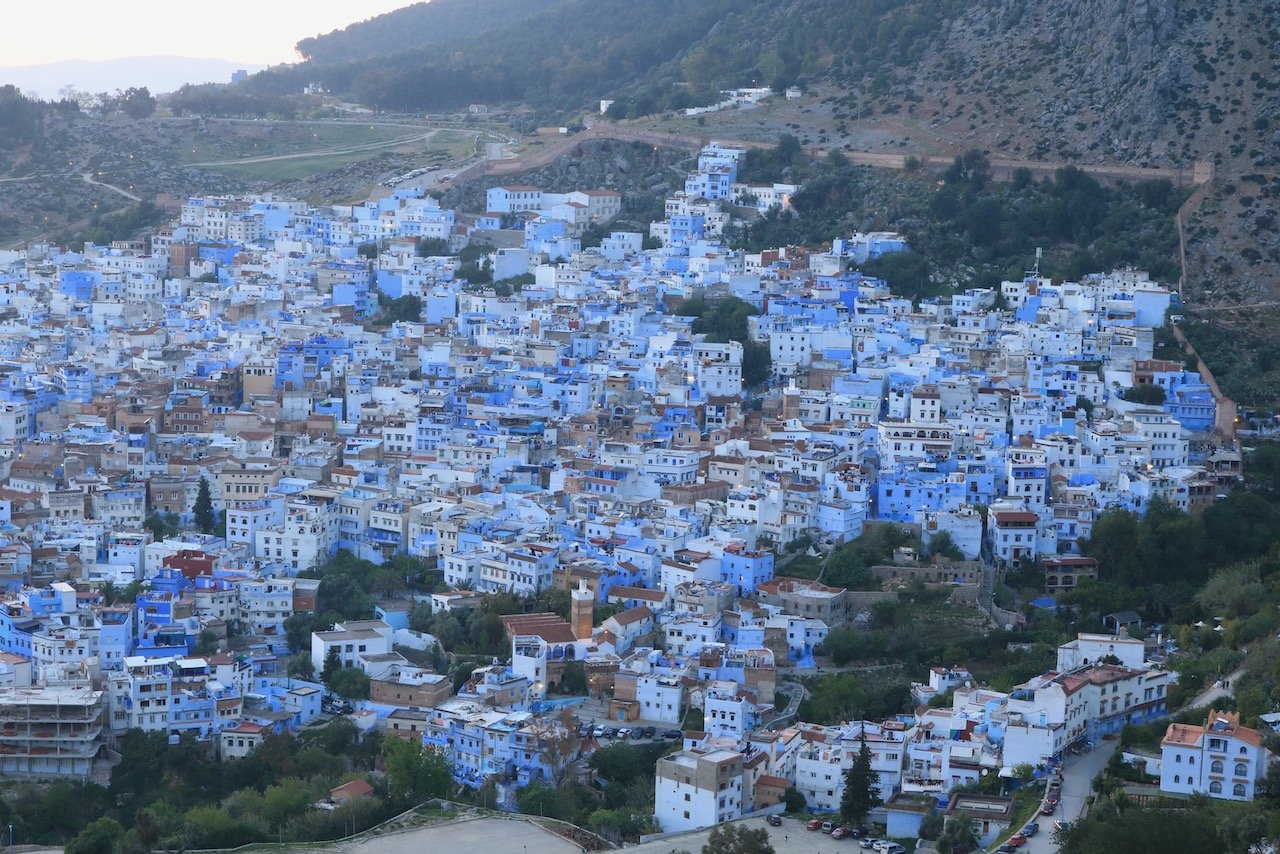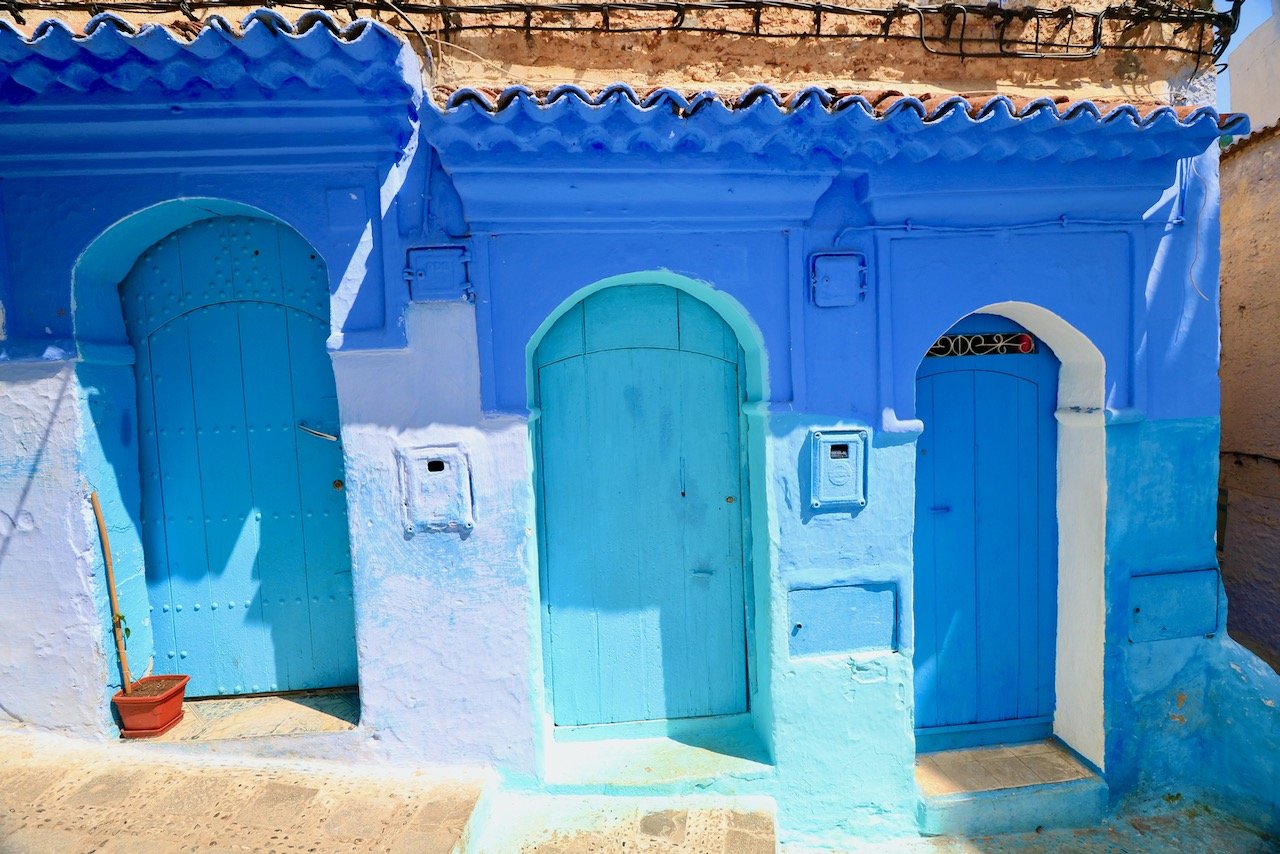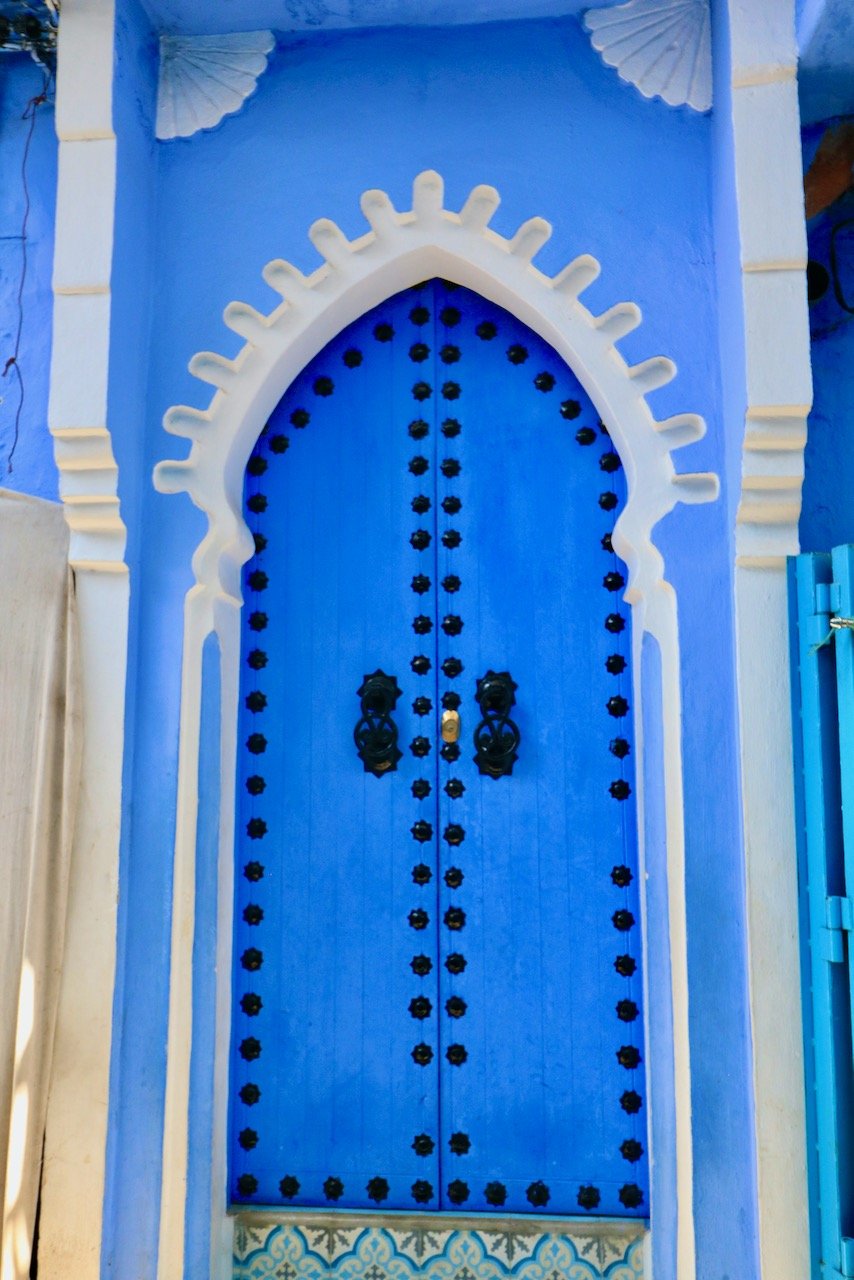Just a few reasons why you HAVE to see Chefchaouen in Morocco
(Some links in this post are affiliate links. If you click through and take action, I'll be compensated.) If you are also interested in any PRINTS from any of my posts, be sure to check out my store where you can buy prints as posters, in metal/wooden frames or on canvas.
**This post is the 3rd of a 5-post series discussing what to see in Morocco. (You can check out the other parts in the list below, separated by each specific city. Everything is also summarized in another post here.**
Morocco is a country in Northwest Africa, whose region has been inhabited for over 300,000 years. It bears a rich geography with the Atlas Mountains in the center/south of the country, the Sahara desert to the west, with Mediterranean and Atlantic coastlines to the north and west, respectively. The official languages of Morocco are Arabic and Berber, but you will also find French spoken in many of the country’s institutions.
In this post I will talk about some of the places to check out in Chefchaouen. If you would like to read more about Morocco, feel free to check out the blog posts below:
Marrakech (Blog Post: Taking a Walk Through Marrakech, Morocco)
Essaouira (Blog Post: Explore Essaouira on the Moroccan Coast)
Chefchaouen (Blog Post: Just a few reasons why you HAVE to see Chefchaouen in Morocco)
Merzouga - Sahara Desert (Blog Post: Why you should see the Sahara Desert in Merzouga, Morocco)
Summary (Blog Post: Which city in Morocco is best for you?)
If you’ve seen pictures of Morocco, you have undoubtedly stumbled upon photos of this entirely blue city in the north of the country. Indeed, once you arrive here and start making your way to an accommodation deep in the heart of the medina, you will want to photograph everything. The city is quite small compared to the others listed in the post but it’s just as charming.
Chefchaouen is located in northwest Morocco, just inland from Tangier, and is nicknamed the ‘Blue City’ or the ‘Blue Pearl of Morocco’. Its origins began as a military outpost before the Spanish Reconquista of Granada. Due to the influx of immigrants from Spain, the city grew quickly. The name of the city itself loosely means ‘look at the horns’, in recognition of the two mountain peaks above the city.
How to get to Chefchaouen
There are a few ways to get into Chefchauoen from different cities and different modes of transportation:
The closest airport to Chefchauoen is over 40 kilometers away in Tetouan (Airport Code: TTU), which is not ideal when trying to get into the city. A taxi to the city will set you back an hour of your time and about $40.
It is recommend to fly into Tangier Ibn Battouta Airport (Airport Code: TNG), which is much larger than Tetouan but it a bit further away from Chefchaouen. It will take about 2.5 hours to reach Chefchoauen from this airport, where a taxi will cost you nearly $100, but the bus will be about $10.
The bus from Tangier airport to Chefchaouen leaves from the city of Tangier and not the airport, therefore you should take a taxi to get to the bus terminal. From here, buses leave 5 times daily and cost about $10 for the 2.5 hour trip. You can book your tickets through CTM.
One can take buses from other cities to Chefchaouen with CTM as well, however the departures will be less in number. For example, you could go directly from Rabat, Casablanca, and Fez.
A train does not go directly to Chefchaouen. One may take a train from Marrakech to Tangier for example, but you will still have to find transport to Chefchaouen.





























